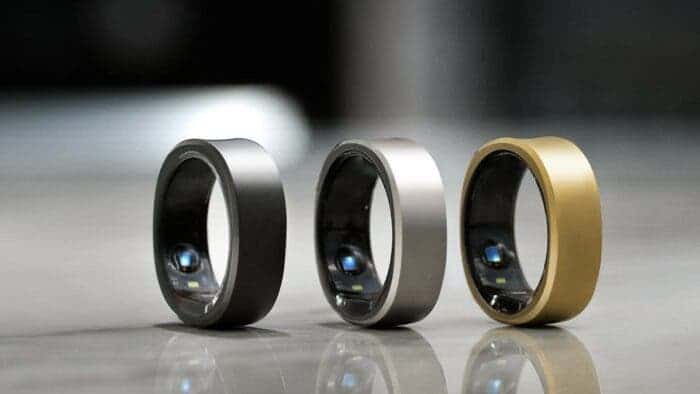The realm of wearable technology has exploded in recent years, with smartwatches taking center stage. However, a new contender has emerged, offering a more discreet and potentially more versatile option: the smart ring. These unassuming bands, adorned with sleek designs, pack a surprising amount of technological prowess. But how exactly do these miniature marvels function? This article delves into the intricate workings of smart rings, exploring the sensors they utilize, their communication methods, and the data they collect. We’ll also analyze the advantages and disadvantages of sporting a smart ring, helping you decide if this technology deserves a spot on your finger.
Unveiling the Inner Workings if Smart Rings: A Symphony of Sensors 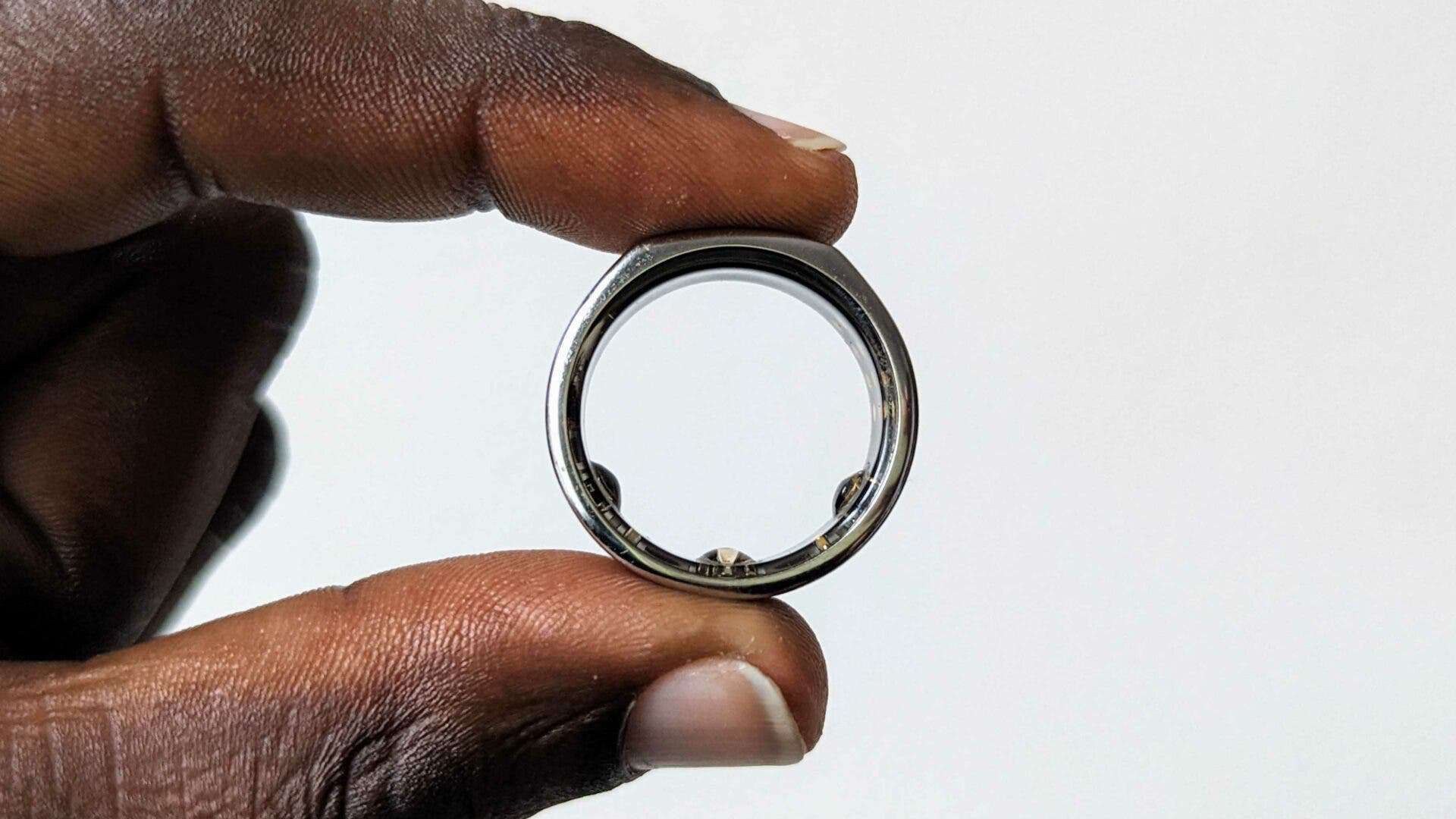
At their core, smart rings are miniature computers condensed into a compact, stylish ring. These rings rely on a combination of sensors to gather information about your body and surroundings. Here’s a breakdown of some of the most common sensors found in smart rings:
- Near Field Communication (NFC): This technology enables contactless communication between the ring and other NFC-enabled devices. It allows for tasks like making secure payments, unlocking doors, and sharing data by simply tapping the ring.
- Photoplethysmography (PPG) sensor: This sensor shines a light through your skin to measure blood flow variations. This data translates to insights about your heart rate, blood oxygen levels, and even stress levels.
- Accelerometer: This measures motion and acceleration, allowing the ring to track your steps, activity level, and even sleep patterns.
- Gyroscope: Working alongside the accelerometer, the gyroscope tracks your rotational movements, aiding in more precise motion detection and sleep analysis.
- Bioimpedance sensor: This sensor measures the electrical conductivity of your body tissues, potentially providing insights into hydration levels and body composition.
- Ambient light sensor: This sensor can detect changes in light levels, allowing the ring to automatically adjust screen brightness or activate sleep tracking when it becomes dark.
- Temperature sensor: This sensor can monitor your skin temperature, potentially helping you track potential illnesses or menstrual cycles.
The specific sensors included in a smart ring vary depending on the model and its intended purpose. Some rings might prioritize health and fitness tracking with PPG and accelerometers, while others might focus on contactless payments with NFC as their primary function.
The Power of Connectivity: How Smart Rings Talk 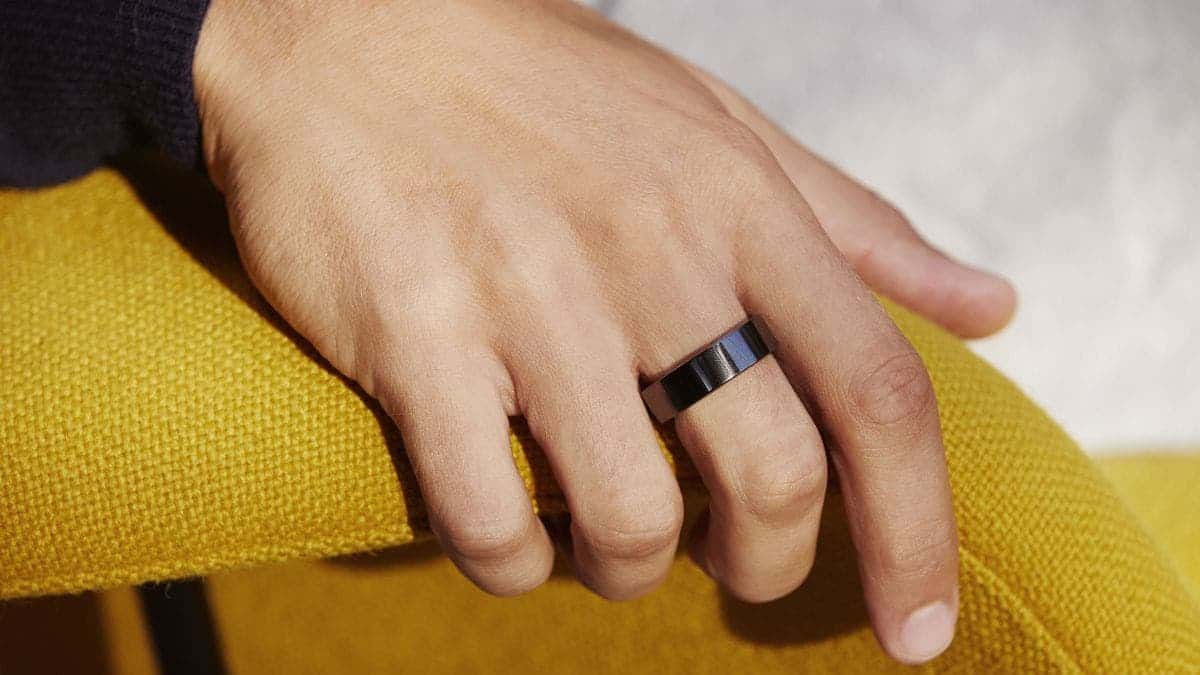
Smart rings need a way to communicate with other devices and relay the data they collect. Here are the two main methods used:
- Bluetooth: This wireless technology connects the ring to your smartphone, allowing data transfer and interaction with dedicated apps. Through Bluetooth, you can receive notifications on your ring, control music playback, or unlock your phone with a tap.
- NFC: As mentioned earlier, NFC enables contactless communication for specific purposes. For instance, you can use the ring to make payments using services like Google Pay or Apple Pay.
The connection method employed by a smart ring influences its capabilities and battery life. Bluetooth offers a more robust data transfer channel but typically drains the battery faster. NFC, on the other hand, uses less power but is limited in its data exchange capabilities.
Beyond the Basics: A Universe of Data at Your Fingertips 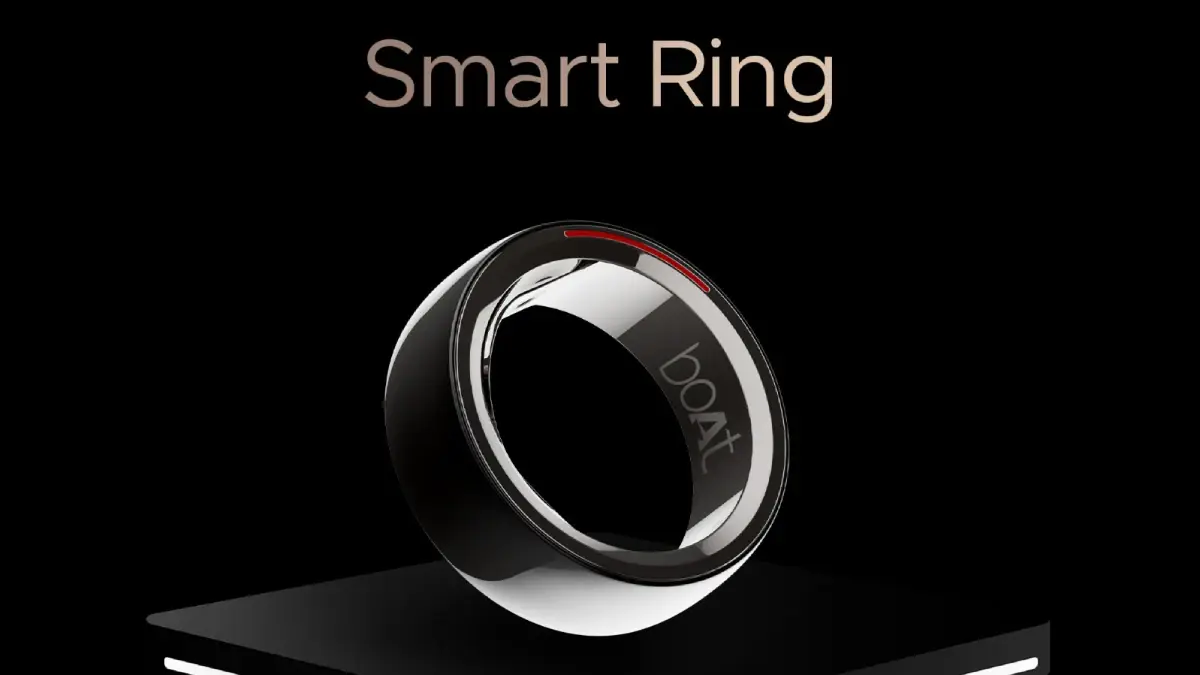
The data collected by smart rings opens doors to a range of applications. Here’s a glimpse into how smart rings can be utilized:
- Health and Fitness Tracking: Track your heart rate, activity levels, sleep patterns, and even blood oxygen levels. Analyze trends and receive insights to improve your overall health and well-being.
- Contactless Payments: Ditch the wallet and make secure payments with a simple tap of your ring.
- Access Control: Use your ring as a digital key to unlock doors, office buildings, or even your car.
- Mobile Device Interaction: Receive notifications on your ring, control music playback, or take pictures remotely using your phone camera.
- Personalization: Some rings offer customizable settings, allowing you to adjust screen brightness, vibration intensity, or access specific features with personalized gestures.
- Security Authentication: Securely login to devices or apps using fingerprint recognition embedded within the ring.
The potential applications of smart rings are constantly evolving as developers explore new capabilities. The ability to integrate seamlessly with existing ecosystems and services promises an even more connected future.
The Two Sides of the Coin: Benefits and Drawbacks of Smart Rings
Smart rings offer a compelling blend of functionality and convenience. However, it’s essential to consider both the advantages and disadvantages before making a purchase decision.
Benefits:
- Convenience: Smart rings offer a discreet and convenient way to interact with technology. They are comfortable to wear for extended periods and require minimal maintenance compared to other wearables.
- Health and Fitness Tracking: Track your health metrics effortlessly throughout the day, receiving valuable insights into your overall well-being.
- Enhanced Security: Utilize the ring for contactless payments and secure authentication, eliminating the need to carry passwords or keys.
- Improved Productivity: Manage notifications, control music, and access other phone functions with a tap, minimizing the need to constantly reach for your phone.
- Fashionable Tech: Smart rings come in various styles and designs, allowing you to integrate technology seamlessly with your personal style.
Drawbacks:
- Limited Functionality: Compared to smartwatches, smart rings offer a more limited range of functionalities due to their size and processing power.
- Battery Life: Depending on the sensors used and connectivity methods, smart rings may require frequent charging.
- Data Privacy Concerns: The collection of personal health data raises concerns about privacy and security. It’s crucial to choose rings from reputable companies with robust data protection practices.
- Durability: Smart rings are prone to scratches or damage from everyday wear and tear. Some models might not be water-resistant, limiting their use in certain situations.
- Limited Availability: The smart ring market is still evolving, with a smaller selection of models compared to smartwatches. Additionally, app compatibility for certain rings might be limited.
- Cost: While generally cheaper than high-end smartwatches, smart rings can still be a significant investment.
The Future Unfolds: What Lies Ahead for Smart Rings?
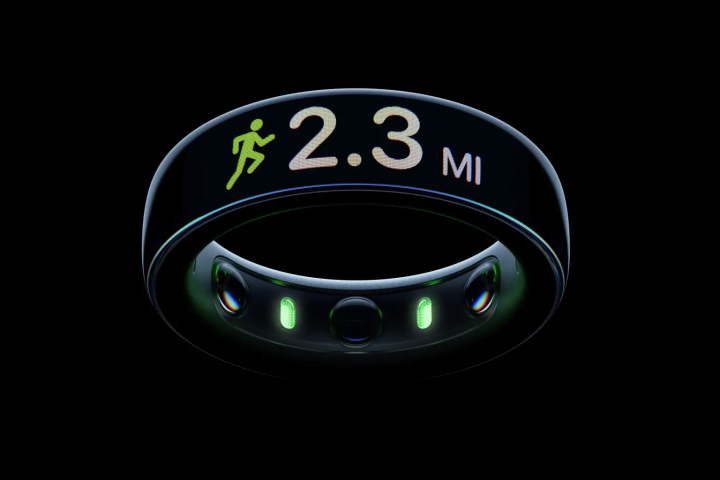
Smart ring technology is in its early stages but holds immense potential for the future. Here are some exciting possibilities to consider:
- Advanced Health Tracking: Integration of advanced sensors could enable real-time blood pressure monitoring, stress analysis, and even early detection of health issues.
- Improved Battery Life: Advancements in battery technology could lead to longer-lasting smart rings, requiring less frequent charging.
- Enhanced Security Features: Fingerprint recognition could be integrated with secure transactions, further safeguarding your financial information.
- Biometric Identification: Smart rings could be used for biometric identification at airports or other security checkpoints.
- Haptic Feedback: Integration of haptic feedback could provide subtle notifications and enhance the user experience.
- Integration with Smart Homes and IoT Devices: Seamless control of smart lights, thermostats, and other connected devices directly through your ring.
The future of smart rings is brimming with promise. As technology continues to miniaturize and evolve, we can expect even more sophisticated and versatile smart rings to emerge, potentially redefining how we interact with technology and manage our health.
Conclusion
Smart rings offer a glimpse into a future where technology seamlessly integrates with our lives. With their blend of convenience, health tracking capabilities, and potential for contactless interactions, smart rings present a compelling alternative to other wearables. However, before diving into this world, it’s essential to weigh the benefits against the drawbacks. Understanding the limitations of current technology and potential privacy concerns is crucial. Nevertheless, the future of smart rings is bright. With advancements in technology, we can expect even more powerful and versatile smart rings, making them an integral part of our connected lives. The choice of whether to embrace this technology ultimately lies with you, but one thing is certain: the unassuming band on your finger holds the potential to unlock a world of possibilities.

